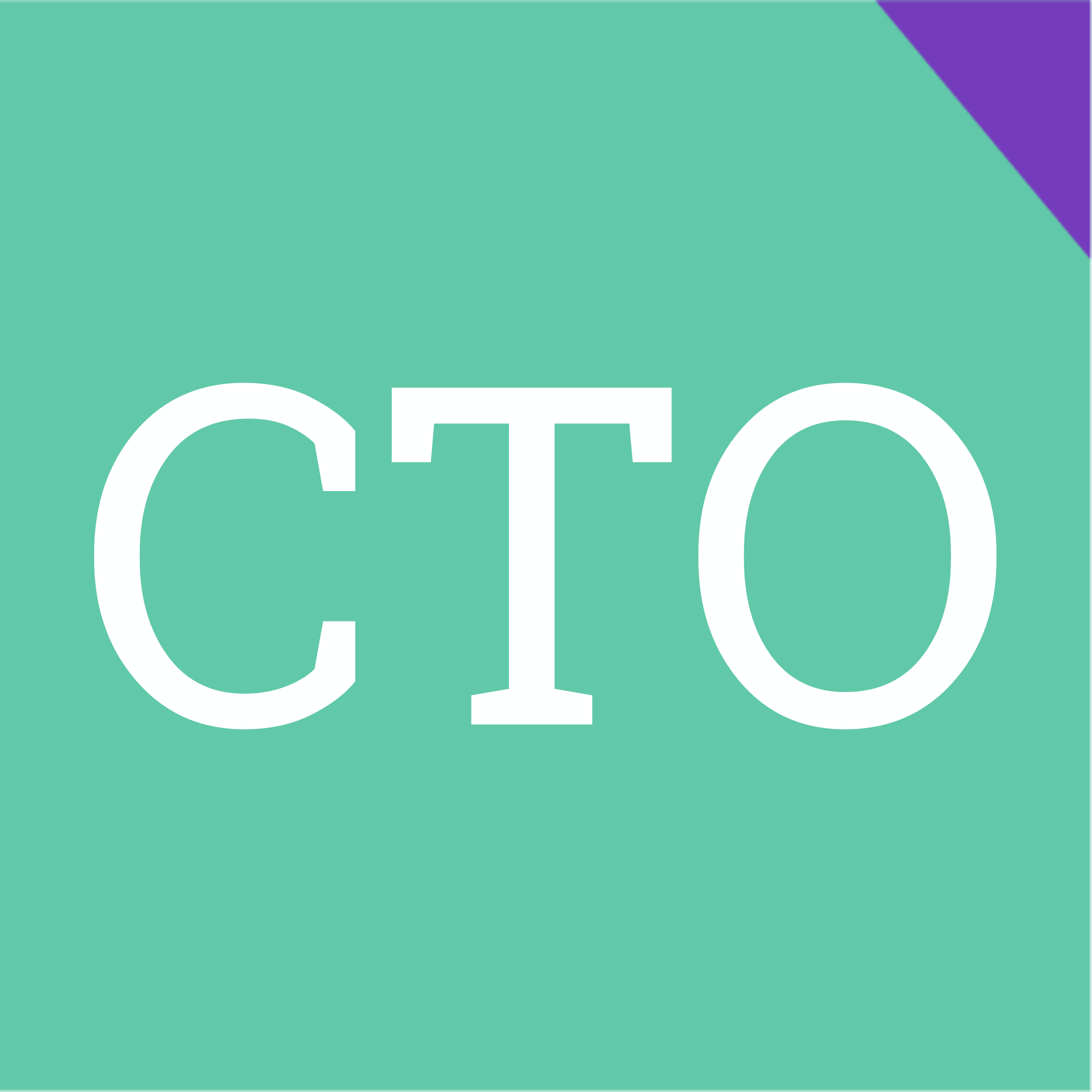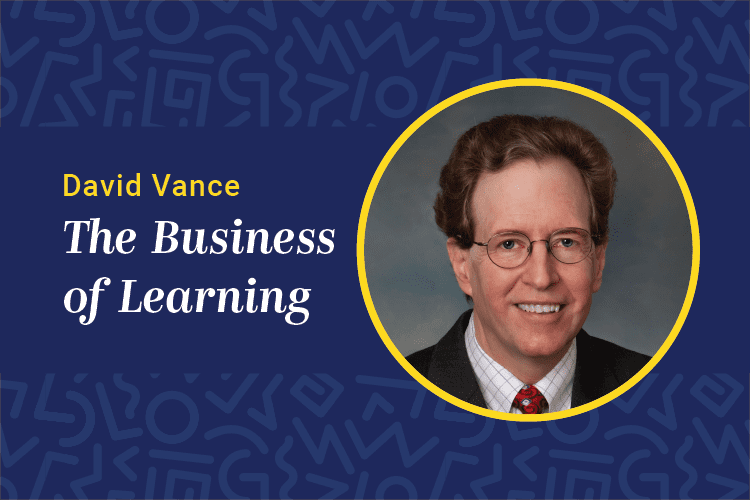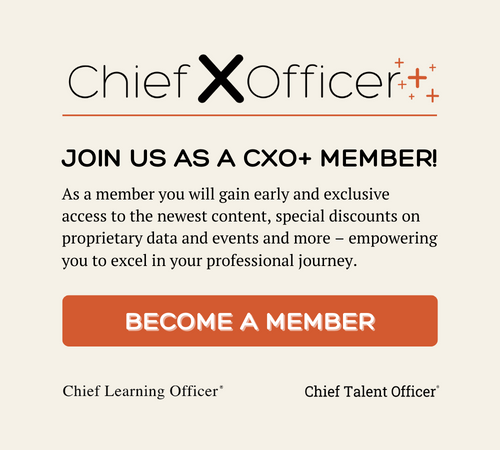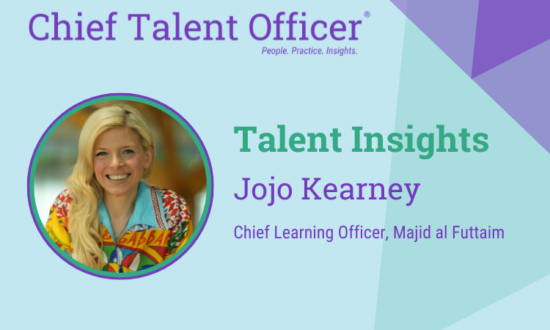Executives who make investment decisions around learning, whether they’re called “chief learning officer,” “vice president of learning and development” or some other title, come from diverse backgrounds. Many learning executives work their way up through the human resources ranks, while others come from an education background. However, there are many other, diverse paths to the CLO’s office, which offer guidance for others who are interested in entering this role, as well as for existing learning executives who want to build additional skills and knowledge in their roles.
Human resources is a common starting point for professionals interested in building a career in learning and development. Virginia Clark, currently vice president of Unisys University for Unisys Corp. earned a master’s degree in human resource development before holding numerous HR generalist positions with Unisys, eventually working her way into the position of vice president of global talent development. Similarly, Douglas K. Soo Hoo, currently director of education and development for the Strategic Talent Management Group in Johnson & Johnson, worked his way through generalist HR positions with Schering-Plough Corp., Sterling Drug Company and Monsanto before coming to work in the HR-related management positions for Johnson & Johnson that led him to his current role.
Other learning executives start their careers in education, as teachers and trainers. Kate Guersch, who serves as director of learning and knowledge management for Avanade, has worked for Microsoft managing technical and professional skills training programs for employees and partners, as well as for MSNBC on the Internet, where she was training manager. Ellie Tymer, the associate dean of the College of Associate Education and Development at the University of Toyota, holds a master’s degree in educational technology, and worked as technical education director for El Camino Community College District before joining Toyota Motor Sales USA.
Military service, with its strong emphasis on training, also seems to be a common path to learning and development roles. Mike Barger, who serves as director of JetBlue University, came into his current position from the U.S. Navy, where he served as an instructor at the Navy Fighter Weapons School. Donnee Ramelli, now president of General Motors University, is a retired lieutenant commander in the Navy, where he said training was a natural part of every role he held.
“I think I had about 10 jobs in the 20 years I was in the Navy. In all of those roles, training was part of the work—both the formal education you sent people to to make sure they were properly qualified for the roles that they had, and roles were sometimes very dangerous and critical to safety, and sometimes they were very profound roles around making weapons systems decisions, but training was just part of our work,” Ramelli said. “When you were reviewed yearly as a command, the training records were some of the first things that were looked at to see if people knew how to do their jobs.”
After leaving the Navy, Ramelli said he was interested in broader business roles, so he joined Coopers & Lybrand and worked with 16 different clients over a three-and-a-half-year period as a director of quality and strategic planning engagements. Then he was asked to become vice president of quality and Six Sigma for AlliedSignal/Honeywell. “In that role, I really did use action learning to drive the skill set and the capability of both the people who had to implement total quality in the work areas, but also for the leadership, to make sure they were clear about what their roles needed to be in terms of making sure we were focusing on the right thing, making sure they were encouraging and supportive, making sure that they were empowering, but most of all making sure that they would remove or break down barriers that got in the way of their people who were simply trying to make the product and the process much higher in quality and much more productive,” Ramelli said.
In his last three years with AlliedSignal, Ramelli served as the chief learning officer, responsible for organization and leadership development. In 1999, he was approached by General Motors, which was interested in using learning to drive performance, productivity and better results in the company. “General Motors has a long history of investing in education and training for the good of its employees and also for the good of the business, but they also wanted to tie that tighter together,” Ramelli said. “They wanted to make sure that this was really not only going to help the employees be the best in the world, but also help the company be the best in the world.”
John Mallin, leader of Owens Corning University, took a more unique path into his position. He started his career as a marriage and family counselor, after majoring in social work in college. After earning his degree, he started working with neglected and abused children at a child welfare agency. The work was rewarding and inspired Mallin to continue his studies. He attended University of Michigan to earn a master’s in clinical therapy and then became a marriage and family counselor. After five years, he decided to assess his life and try some new challenges, so he and his wife started investigating other areas of the country where he could continue his counseling work.
“While I was doing that, I was also working in marriage and family group counseling and running topics for the community on assertiveness and strengthening your marriage,” Mallin said. “It turned out that in one of those workshops was a manager of training at Owens Corning.” That manager told Mallin about an opening that would suit skills.
Mallin agreed to go in and talk with Owens Corning, not expecting it to lead to much. After a couple of interviews, Mallin took the job. “My feeling was that this was a good way to give meaning to my work life, and I got a little clear. Me and my wife talked and we ended up saying let’s try this for two years,” Mallin said. He kept his private practice going for two years, but as his work responsibilities grew, he realized he needed to make a choice, and he chose to continue his work with Owens Corning. “Some of the things that were appealing to me were the fact that I could work still with individuals or groups around how they were working together and their effectiveness as groups at an organizational level, and that was similar to what you did in therapy. It was about relationship, how people are able to work together.”
Mallin’s therapy background provided him with a strong human approach to his role, but he had to balance that viewpoint with becoming a businessperson. “Having a strong human approach would not be sufficient to deliver the outcomes in business. In whatever role you are in, you have to look at how is my function adding value in helping this company succeed in the marketplace,” Mallin said. “How do you then try to make the conditions such for your people that they are given the chance to perform at their best every day and come in excited about this as a place to work. You have to be sure they are clear on their expectations and aligned with how their work contributes to meaningful business outcomes. You have to ensure that they get a chance to grow and develop. We want to strongly engage our workforce, and do it in a way that helps us show we can help the company make money.”















